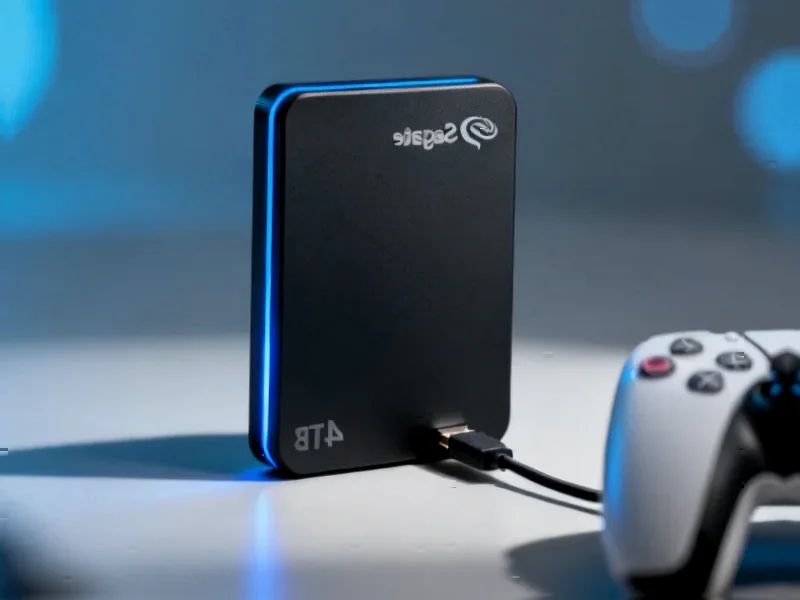According to CNBC, Nintendo has raised its sales forecast for the Switch 2 console from 15 million to 19 million units for the fiscal year ending March 2026. The Japanese gaming giant reported strong momentum for its new flagship console, which launched in June 2025, with the updated guidance coming as part of its fiscal second quarter results ended September 30. The company is experiencing growing demand for its latest gaming system, though specific quarterly sales figures weren’t detailed in the report. This significant upward revision suggests Nintendo is betting heavily on continued strong performance through the critical holiday shopping season and into early 2026.
The Supply Chain Challenge
While the revised forecast indicates strong consumer demand, achieving 19 million units in a single fiscal year represents a monumental manufacturing and distribution challenge. The original Switch faced significant supply constraints during its early years, with component shortages and production bottlenecks limiting availability. For the Switch 2 to hit this target, Nintendo would need to maintain near-perfect production efficiency across multiple manufacturing partners while navigating ongoing global semiconductor shortages. The company’s ability to secure sufficient advanced chips, displays, and other critical components will be tested like never before, especially given the intense competition for these resources from smartphone, automotive, and AI hardware manufacturers.
Beyond the Early Adopters
The initial sales surge for any new console primarily comes from dedicated fans and early adopters who purchase within the first six months. Nintendo’s challenge will be sustaining this momentum through the entire fiscal year as the market transitions from early enthusiasts to mainstream consumers. The original Switch benefited from a unique value proposition as a hybrid device, but the Switch 2 faces a more crowded marketplace with Sony’s PlayStation 5 and Microsoft’s Xbox Series X/S already established. Additionally, many existing Switch owners may be hesitant to upgrade if the performance improvements don’t justify the cost, particularly in price-sensitive markets where gaming is still considered a luxury purchase.
The Software Dilemma
Hardware sales are ultimately driven by compelling software, and Nintendo’s ability to maintain a steady stream of must-have titles will be crucial. The company’s first-party franchises like Mario, Zelda, and Pokémon have historically carried their consoles, but the development cycle for AAA games has lengthened significantly. Nintendo will need to demonstrate a robust pipeline of exclusive titles beyond the launch window to justify both the hardware purchase and the potential price increase over the original Switch. Third-party support will be equally critical – if major publishers hesitate to develop for the platform or offer watered-down ports, the console’s value proposition diminishes considerably for the broader gaming audience.
Economic Reality Check
The revised forecast assumes relatively stable global economic conditions through March 2026, which may be optimistic given current inflationary pressures and potential recessions in key markets. Gaming hardware represents a discretionary purchase that consumers often delay during economic uncertainty. Nintendo’s pricing strategy will be particularly important in emerging markets where currency fluctuations and local economic conditions could make the Switch 2 prohibitively expensive. The company’s historical strength in Japan and North America provides a solid foundation, but achieving 19 million units will require strong performance across all regions, including Europe and markets where mobile gaming dominates the landscape.
Evolving Competitive Threats
Nintendo’s timing coincides with significant shifts in the broader gaming ecosystem. The rise of cloud gaming services, mobile gaming advancements, and PC gaming’s continued growth all represent alternative entertainment options that didn’t exist when the original Switch launched. Microsoft’s Xbox Game Pass and other subscription services offer hundreds of games for a monthly fee that’s often less than the cost of a single Nintendo first-party title. While Nintendo has successfully carved out its niche by focusing on unique gameplay experiences rather than competing directly on technical specifications, the company cannot ignore how consumer habits and expectations have evolved since 2017.




